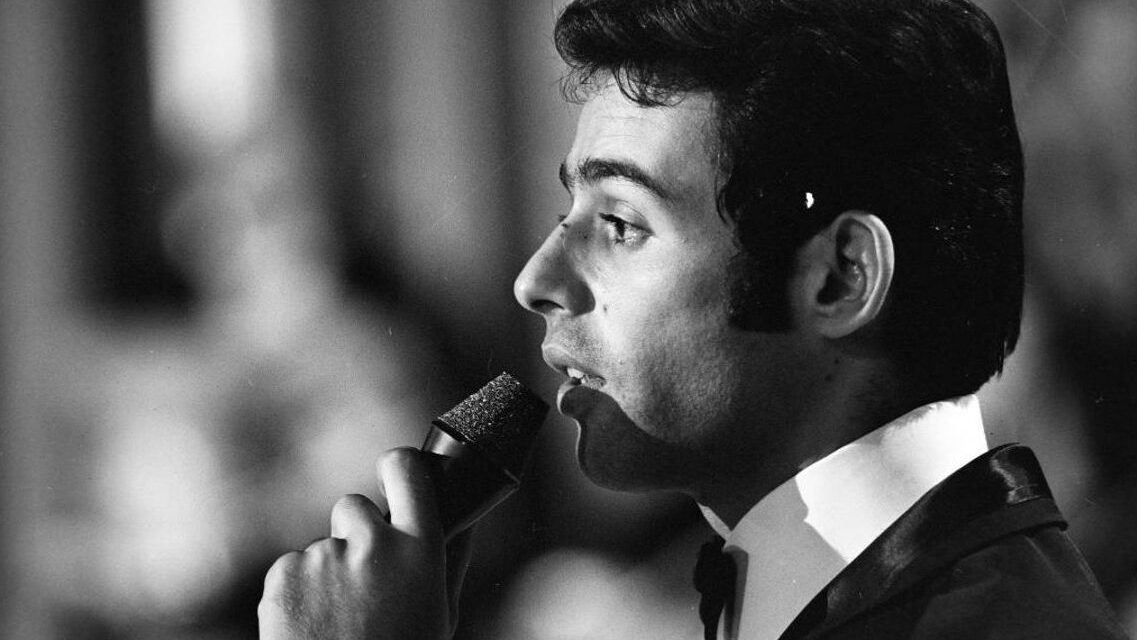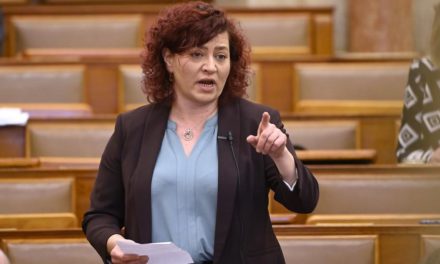Pál Szécsi was one of the biggest Hungarian stars of the first half of the seventies, even though he only had a few years to be in the limelight. The little boy, who lost his father quickly and was abandoned by his mother and thus ended up in the care of the state, worked as a printing assistant and as a beach cabin boy. Later, by accident, she became a mannequin, and at the age of just 21, she had to sing a few songs on the catwalk, recalled a statement issued by the organizers of the memorial concert organized in honor of the dance singer on March 10.
Pál Szécsi's talent was quickly noticed, and his singing career took off quickly. He came up with innovative ideas, organized vocals, he discovered Zsuzsa Cserháti, who initially sang behind him. Pál Szécsi used his harmonic movement and excellent sense of rhythm in musical stage plays, and also appeared on the screen with minor roles. He became a favorite of the country, his songs were hummed by millions. He could not process the death of his love, actress Edit Domján. He was only 30 years old when he committed suicide in April 1974. Although only two LPs were released during his lifetime, ten more albums with his songs were released after his death.
He was born in Budapest as the third child of Ferenc Szécsi, a linguist, and Klára Szemere, a foreign trade correspondent. Pál Szécsi was not even one year old when his father was shot dead in January 1945 during the Second World War. His widowed mother gave her children to foster parents, then defected to the United States via Austria in 1956, leaving her eldest daughter at the train station with her to Vienna, and her two younger children in Hungary.
He went to school with his foster parents in Pali, in Mezőtúr, and was later taken into state care. He left school at the age of sixteen, was a cabin boy on the Palatine beach, an assistant worker at the Athenaeum Printing House, and a warehouseman at Ruhaiipari Tervező Vállalat. His discovery depended on chance and a company party, where a colleague of the Fashion Institute noticed the handsome, well-moved young man, who soon became one of the most sought-after male mannequins.
His singing career did not start in a different way: in 1965, he also sang a bit at the Gellért Hotel's New Year's Eve fashion show.
Her beautiful voice found sympathetic ears, and she was recommended to the well-known singing teacher Júlia Majláth, who worked with her from 1966.
In 1967, his student won the singers' competition at the amateur festival held in Salgótarján, and on the recommendation of his teacher, he also entered the Dance Song Festival, where he won second place with the song "There Was Only One Dance".
The television broadcast made him known throughout the country, and with his velvety voice he quickly became one of the most popular performers in Hungary, and with his charming, boyish-masculine appearance, he became the idol of female fans.
His hits are by no means exhaustive:
- Blue star
- A bunch of bluebells
- Little bird
- Two compatible people
- Maybe after many years
- Stray wind
- The absence
- Adagio
- To sing with a full heart
- Uncle Gideon
- Like violets
- Carolina
- My sweet Katinka
He also performed many world hits, the lyrics of which he transposed into Hungarian. His adaptation of the Italian hit L'Arca di Noé (Noah's Ark) made successful by Sergio Endrigo became Kósza gyól.
He came up with innovative ideas, organized vocals, he discovered Zsuzsa Cserháti, who initially sang behind him.
He also used his harmonic movement and excellent sense of rhythm in musical stage plays, and also appeared on the film screen with minor roles. Only two of his twelve albums were released during his short life (Let me, my heart, 1971, Egy sál harangvirág, 1973).
The full article can be read HERE
Source: Civilek.info / Magyar Nemzet / MTI
Cover image: The legendary singer was the idol of women (Photo: Fortepan/Zoltán Szalay)













